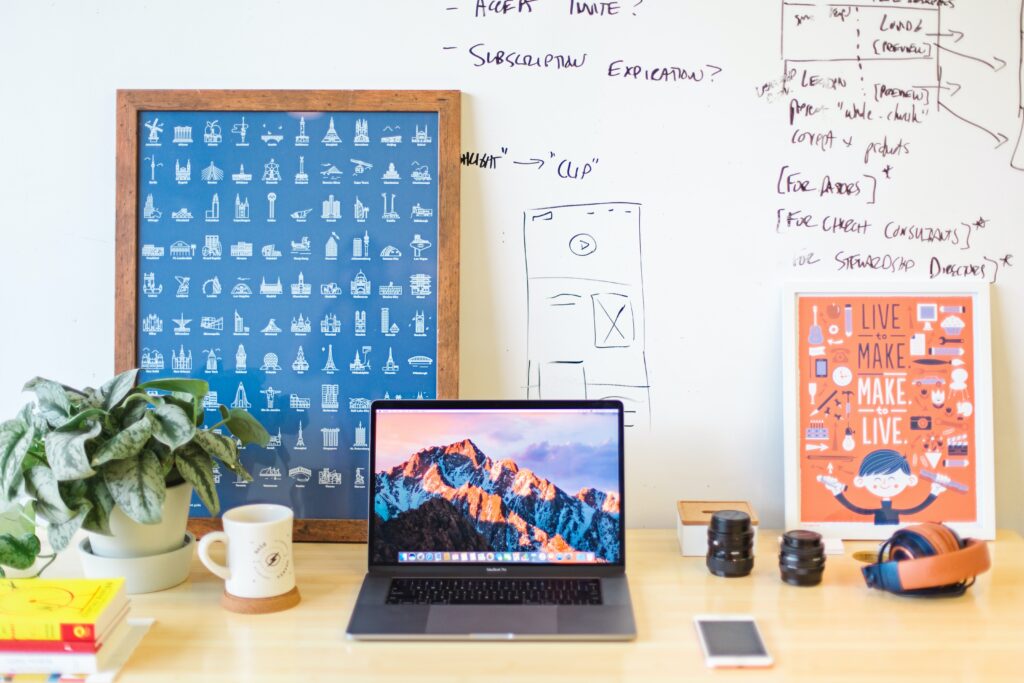The space and people around you have a huge impact on your habits whether you realize it or not. In the third post of the Building Habits That Stick series, I discuss the ways your physical environment can make or break a habit. If you haven’t done so yet, read the two articles in the series about the most important steps to create a habit and how to stay consistent with it.
Community

Jim Rohn famously said “You are the average of the 5 people you spend the most time with”. To test this, think about who you are spending the majority of your time with and what behaviors of theirs you have adopted. Since we’re in the midst of social distancing at the time of writing, that’s probably your roommates. Think about the culture you have created inside your home and how that is a mix of values and behaviors from everyone involved.
As innately social creatures, we are deeply influenced by those around us. Even when we don’t realize it, we are affected by and adapt towards the environment we’re in. If you live with 4 people and you are the only morning person in the group, you better believe your early waking habit will suffer as you unconsciously strive to fit in. You’ll start going to sleep later so you don’t miss those late night baking sessions or movie screenings. Though it’s not impossible to resist your environment, it is very hard and requires a lot of constant energy.
It’s easier and more effective to start with your tribe first when it comes to making a habit. Good influences are as infectious as bad ones if the culture is strong. It is difficult, but you need to look at the people you spend the most time with and ask yourself the following questions. Are their values and behaviors those that I want to strive for? What kind of returns do these behaviors yield in the long run?
Physical Space

We are visual creatures. 80% of everything we learn is through visual perception and other cognitive functions conducted by vision. That means visual information is prioritized in our brain’s hierarchy of understanding. Take a moment now to look around your space. What behaviors are the visual cues encouraging?
Obvious visual cues are incredibly effective for changing your behavior. Some examples: Want to write consistently, put your journal on the pillow when you make up the bed in the morning. At night it will be unavoidable and you are more likely to write. If you want to eat more fruit, have fresh produce in plain view. Drink more water, keep a large clear drinking vessel in front of you.
Secondly, make your desired behaviors easier than your undesired behaviors. To make a habit stick, repetition is key, and generally the easier action will get done the most. An example: Want to watch less tv: unplug the tv after every use or put the remote in a drawer in a different room.
These small changes do not guarantee that you will change your behavior, but it does give you the time to think about if this is really how you want to spend your time.
Conclusion

Put yourself in a community that cultivates behaviors that have a beneficial impact over the long term.
Curate your physical space so that your desired behaviors are both more visible and easier to do than the alternatives.
Click here to subscribe and get my best content right in your inbox!
